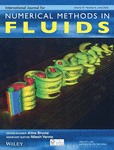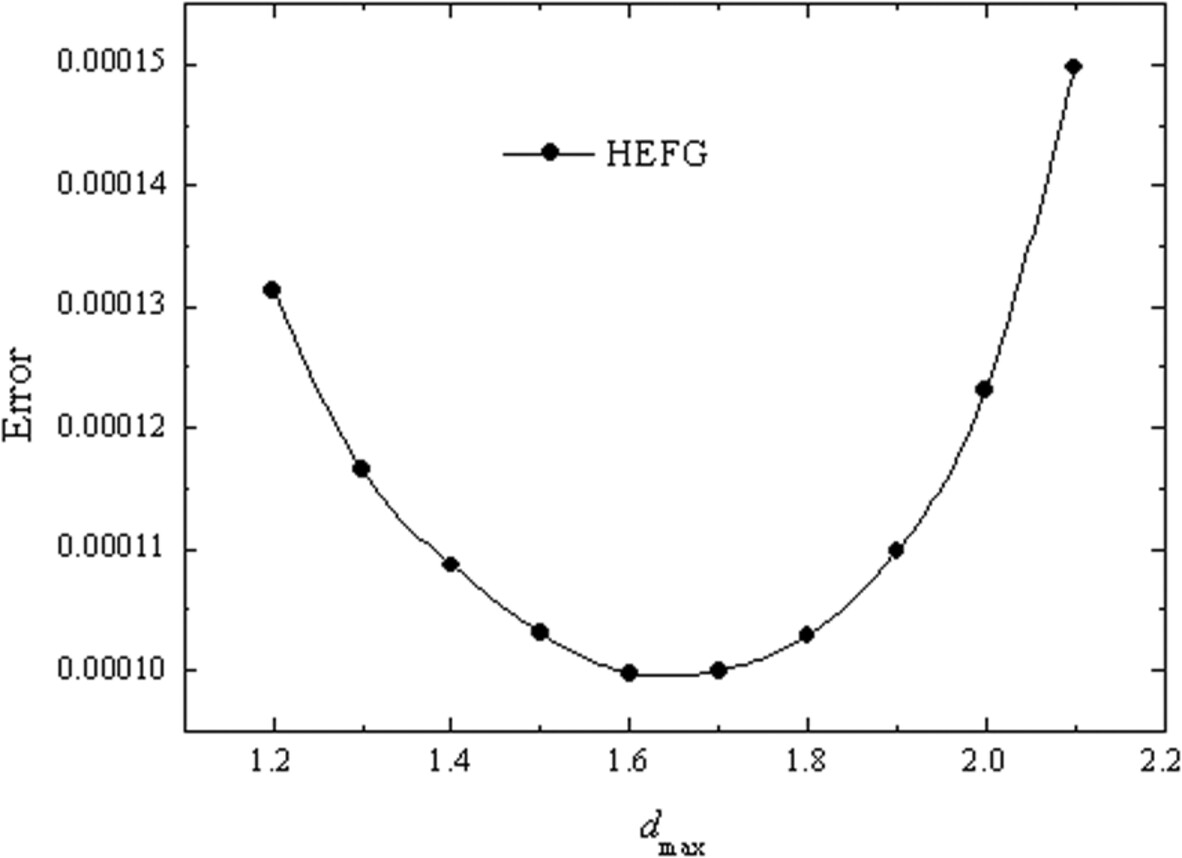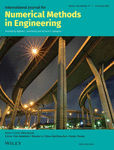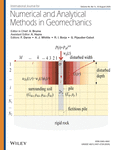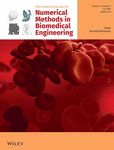Journal list menu
Export Citations
Download PDFs
ISSUE INFORMATION
RESEARCH ARTICLE
A High-Order Hybrid Compact-WENO Finite-Difference Immersed Boundary Method for Computing Two-Dimensional Inviscid Compressible Flows
- Pages: 875-892
- First Published: 10 February 2025
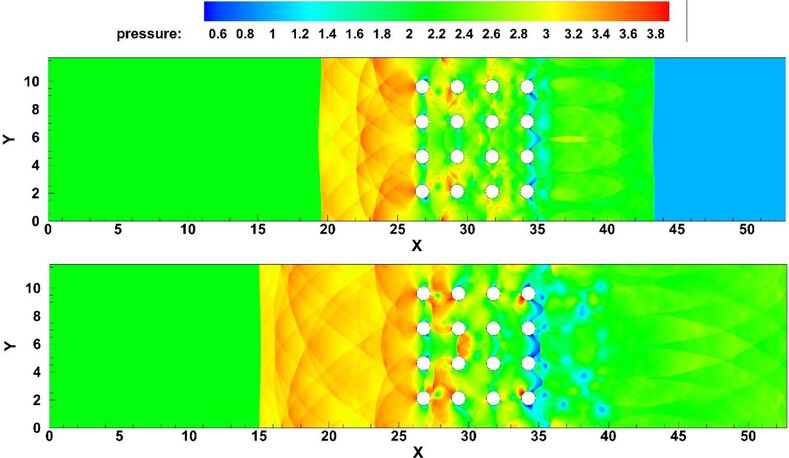
A high-order hybrid compact-weighted essentially non-oscillatory (CW) scheme is applied in conjunction with the immersed boundary method for effectively computing compressible inviscid flows around two-dimensional solid bodies. The hybrid CW immersed boundary method provides a more accurate solution with lower computational cost in comparison with the high-order WENO method. The study indicates that the present solution methodology can accurately and effectively be used for computing the complicated flow structures with embedded discontinuities such as the shocks over the complex geometries. Computed flow field is shown by pressure contours obtained by the hybrid CW immersed boundary method with for the shock–wave interaction with an array of cylinders: (a) and (b) .
A Mollified Sharp-Interface Direct Forcing Method for Suppressing Spurious Oscillations in Moving Immersed Body Simulations
- Pages: 893-913
- First Published: 12 February 2025
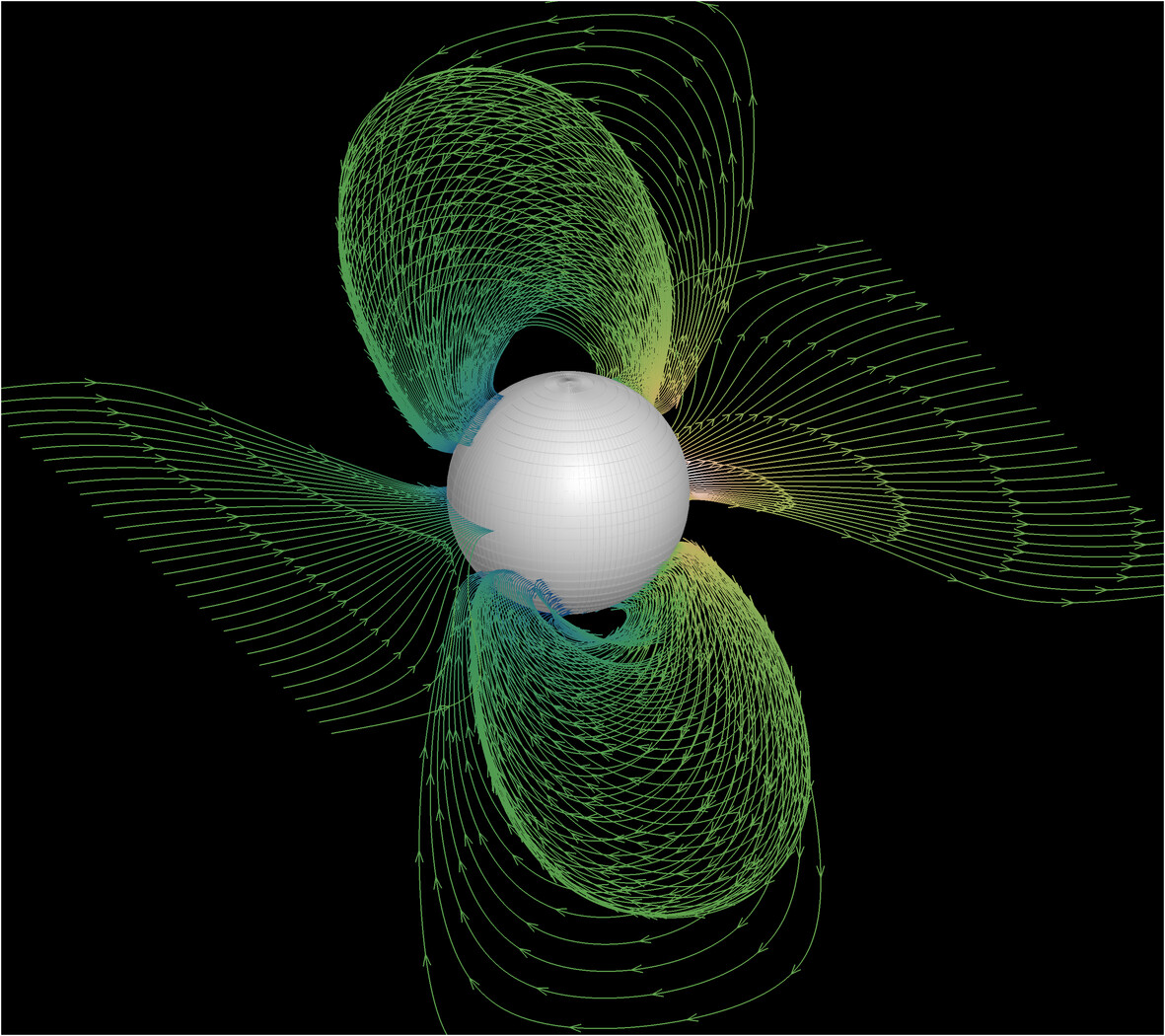
- A novelty approach is proposed to suppress spurious oscillations of the volume force and pressure field in the sharp-interface direct forcing method for simulating moving immersed body flow problems.
- The sources of the spurious pressure oscillations in the Cartesian fractional step framework are analyzed theoretically.
- A mollifier kernel function is used to mollify the scalar field of the body force, rather than for smoothing the interpolation method. This method utilizes a fully Eulerian representation of the fluid and structure and is validated in various two dimensional (2D) and three dimensional (3D) moving body tests with reduced pressure oscillations.
Hybrid CBSQI-WENO Schemes for Convection-Diffusion Problems
- Pages: 914-939
- First Published: 13 February 2025
Computational Insights Into Nanoscale Heat Dynamics of Chemically Reactive and Magnetized Carreau Hybrid Bio-Nanofluid Using a Multilayer Supervised Neural Computing Scheme
- Pages: 940-965
- First Published: 16 February 2025
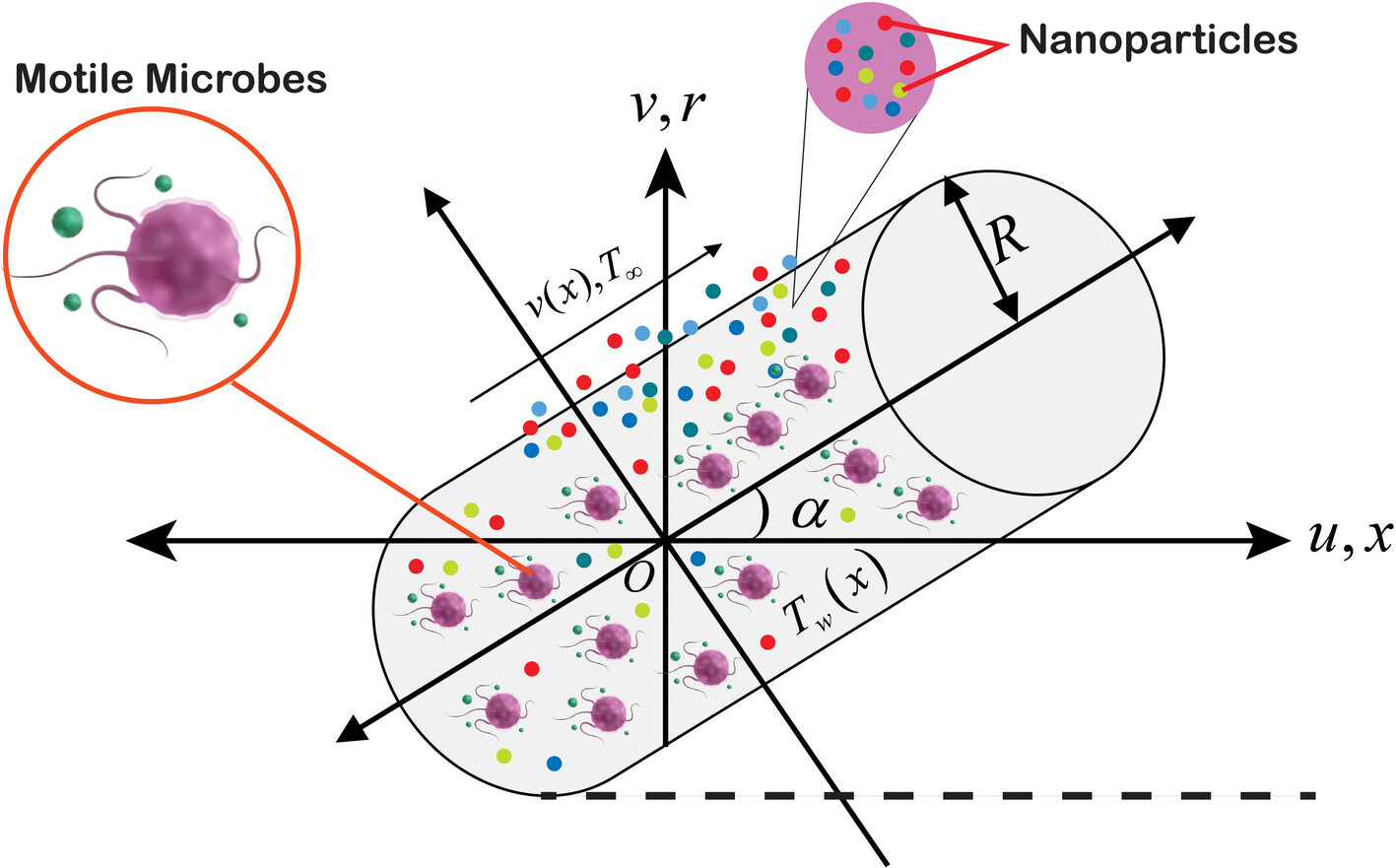
The research examines enhanced heat transfer capabilities of blood nanofluids with different nanoparticle shape-dependencies. Employing Carreau fluid model, the work explores the complex interplay of viscosity, and bio-heat transfer attributes. Governing PDEs are transformed into ODEs and solved numerically using a hybrid computational scheme. Computational outputs reveal that an inclined magnetic field and gravitational effect reduces velocity while increasing temperature. This investigation bridges traditional numerical simulations with advanced ANN-based computational framework, offering new insights into biomedical heat transfer applications.
Continuous Adjoint to Proudman's Formula for Aeroacoustic Shape Optimization
- Pages: 966-984
- First Published: 18 February 2025
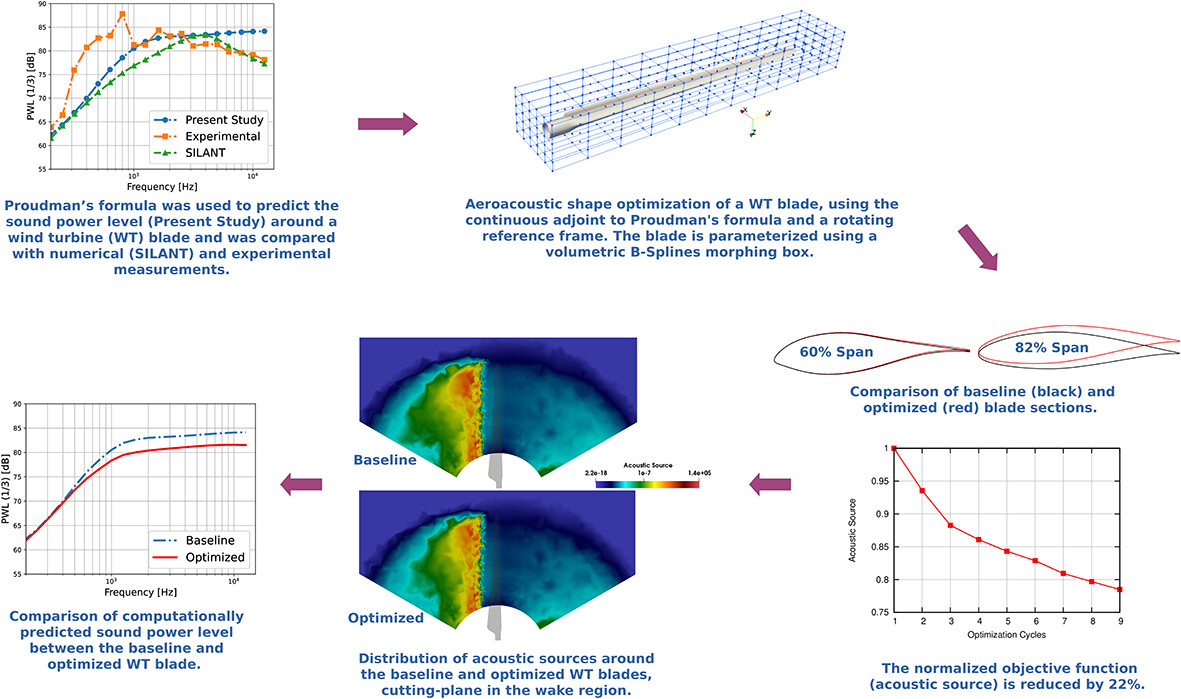
This paper presents a cost-efficient framework for aeroacoustic shape optimization by developing the adjoint to Proudman's formula, coupled with the steady-state RANS equations and the k- SST turbulence model. The aeroacoustic model and the adjoint solver are initially validated/verified with experimental data/finite differences, before being used for minimizing acoustic sources around two airfoils and a wind turbine blade. Computing the far-field sound pressure level in a range of frequencies showcases a reduction of 4dB, without affecting aerodynamic performance.
A WPOD-Kriging Reduced-Order Method for Parametric CFD Simulations
- Pages: 985-995
- First Published: 18 February 2025
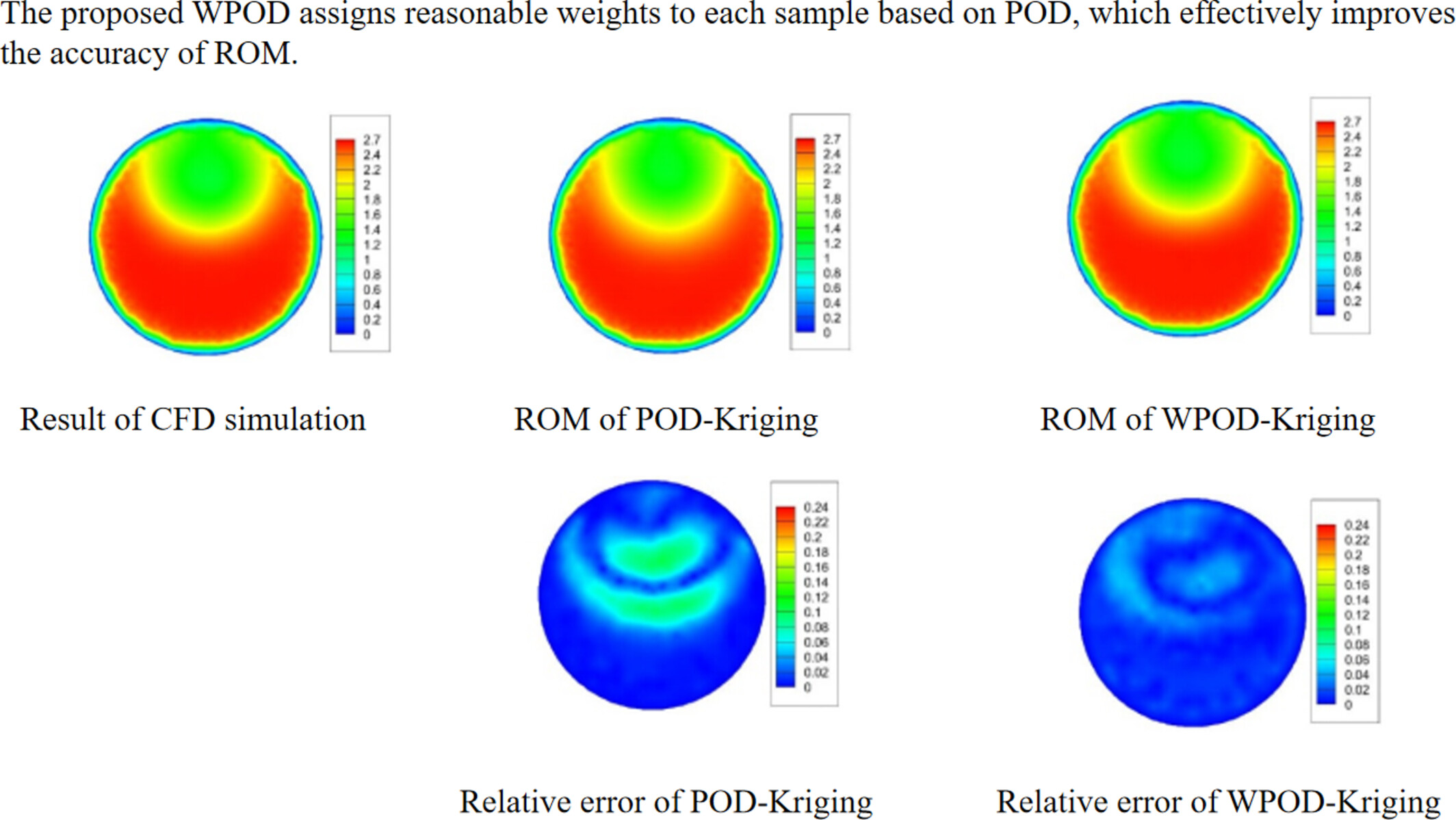
This paper proposes a hybrid method of weighted proper orthogonal decomposition and Kriging, a novel reduced order method. The proposed weighted proper orthogonal decomposition (WPOD) improves the traditional POD by providing reasonable weights for snapshots. The result demonstrates that the reduced order model constructed by the proposed method has the highest accuracy compared to other similar methods through three parametric CFD simulations.
Analyzing 3D Steady Variable Coefficients Convection–Diffusion-Reaction Equations via a Hybrid Element-Free Galerkin Method
- Pages: 996-1008
- First Published: 23 February 2025
A High-Order Hybrid-Spectral Incompressible Navier–Stokes Model for Non-Linear Water Waves
- Pages: 1009-1021
- First Published: 27 February 2025

We present a high-order accurate CFD model for simulating nonlinear water waves using the incompressible Navier–Stokes equations. The model employs a combined Chebyshev–Fourier basis for efficient spatial discretization, and a low-storage fourth-order Runge–Kutta method for temporal integration. A Poisson pressure problem is solved using a geometric -multigrid scheme. Validation shows that the model achieves spectral convergence and accurately simulates wave propagation over non-flat bottoms, matching experimental results.




